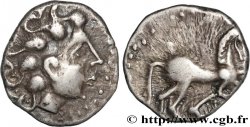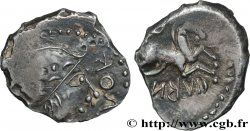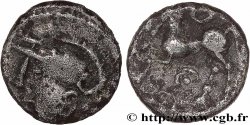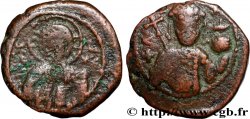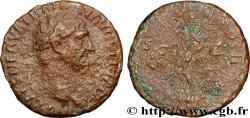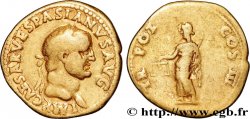v57_0433 - EDUENS, ÆDUI (BIBRACTE, Area of the Mont-Beuvray) Quart de statère en électrum à la lyre, type de Chenôves
MONNAIES 57 (2013)
Starting price : 580.00 €
Estimate : 950.00 €
Realised price : 580.00 €
Number of bids : 1
Maximum bid : 580.00 €
Starting price : 580.00 €
Estimate : 950.00 €
Realised price : 580.00 €
Number of bids : 1
Maximum bid : 580.00 €
Type : Quart de statère en électrum à la lyre, type de Chenôves
Date: c. 70-50 AC.
Mint name / Town : Autun (71)
Metal : electrum
Diameter : 11,5 mm
Orientation dies : 5 h.
Weight : 1,47 g.
Rarity : R2
Coments on the condition:
Agréable monnaie, en bas or. Droit et revers homogènes, d’un style assez fin, avec une tête complète mais un revers très légèrement décentré sur sa partie supérieure. Patine grise, légèrement irisée
Obverse
Obverse legend : ANÉPIGRAPHE.
Obverse description : Tête humaine laurée à droite, la chevelure stylisée ; grènetis.
Reverse
Reverse legend : ANÉPIGRAPHE.
Reverse description : Cheval galopant à droite ; au-dessus du cheval, l'aurige ; lyre sous le cheval.
Commentary
Ces monnaies du type de Chenôves se divisent en trois types ; à la lyre (classe I), à la rouelle (classe II) ou au triskèle (classe III).
Le traitement de la chevelure semble un peu plus simplifié que sur le statère DT. 3176 avec les mèches en forme de gouttes et aux extrémités enroulées. Cet exemplaire est issu du même coin de revers que le DT. 3177 (BN. 4845).
Le traitement de la chevelure semble un peu plus simplifié que sur le statère DT. 3176 avec les mèches en forme de gouttes et aux extrémités enroulées. Cet exemplaire est issu du même coin de revers que le DT. 3177 (BN. 4845).







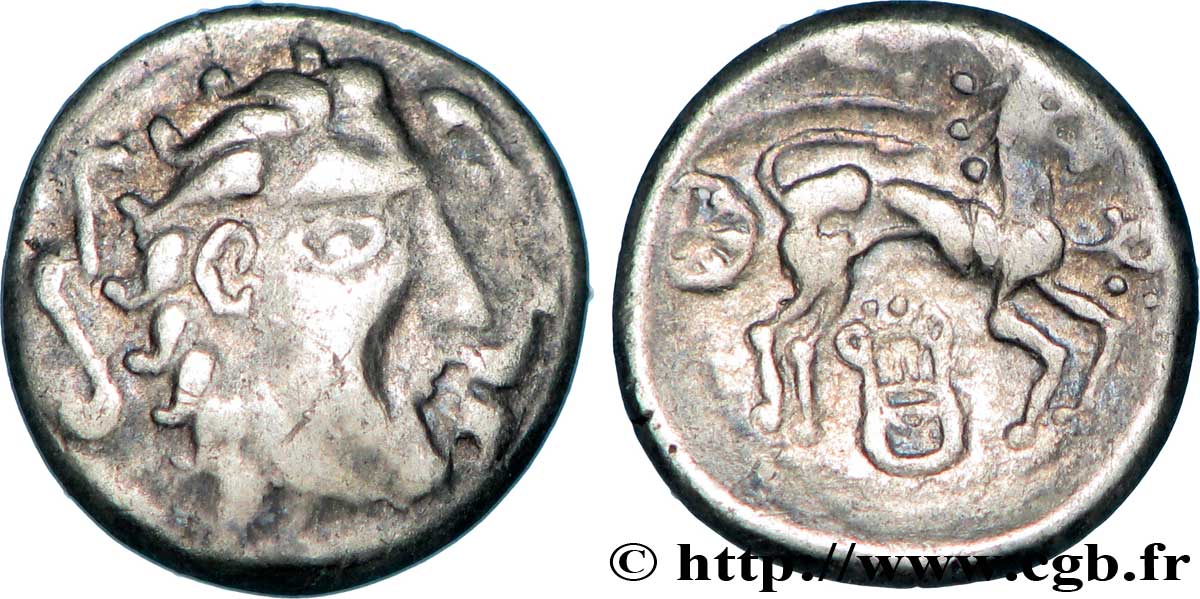
 Report a mistake
Report a mistake Print the page
Print the page Share my selection
Share my selection Ask a question
Ask a question Consign / sell
Consign / sell
 Full data
Full data